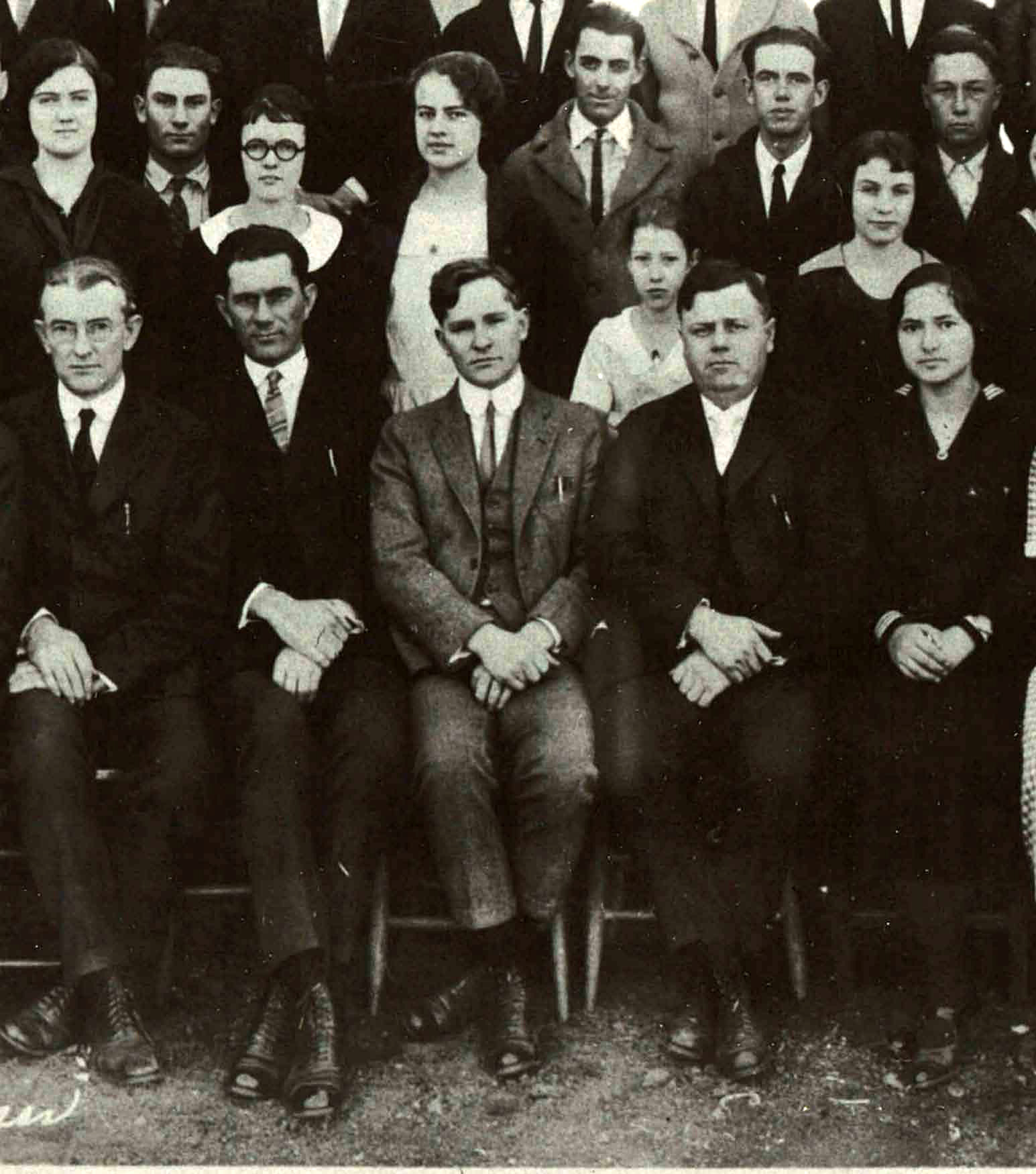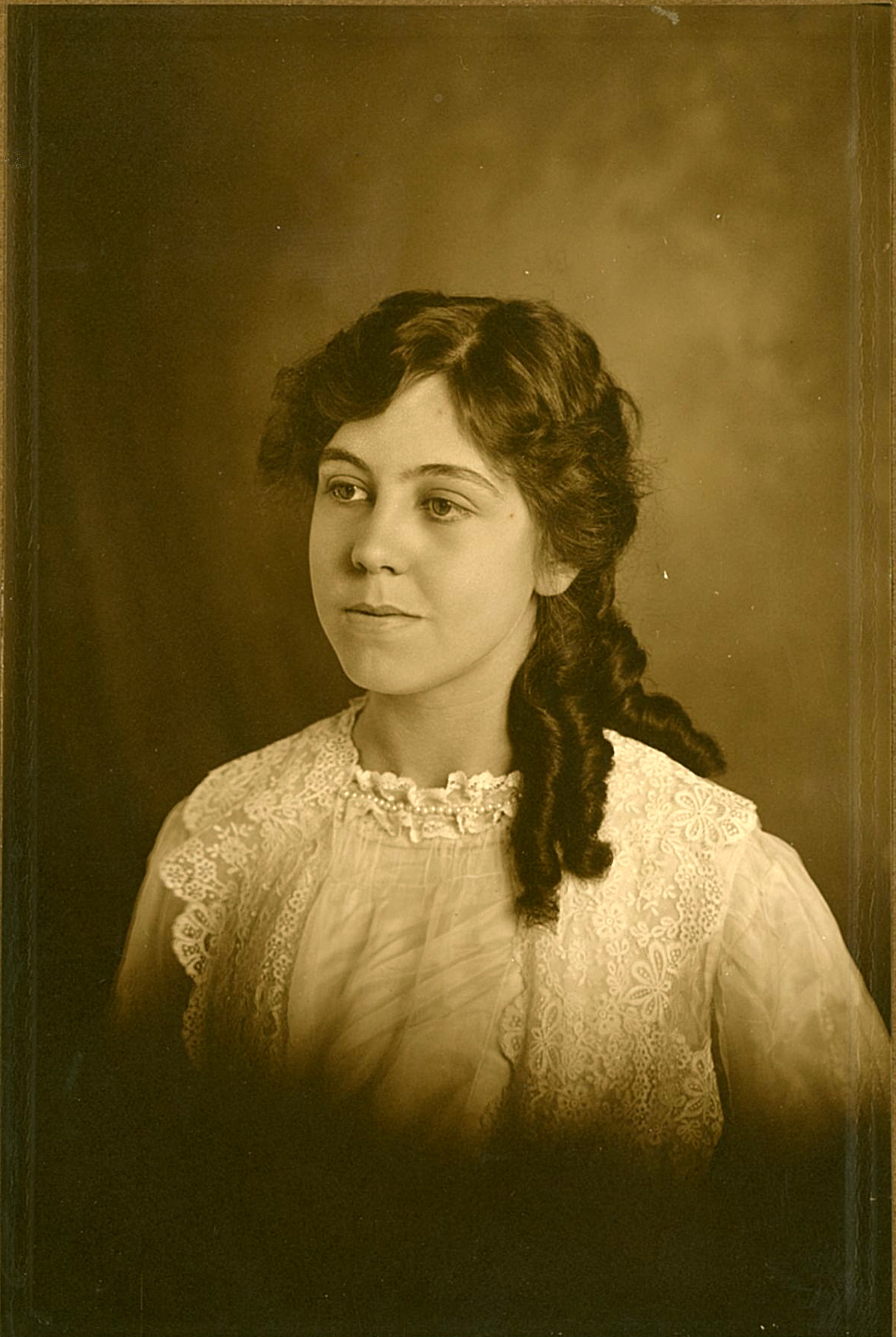Education as a Mission
Education as a Mission
The Greatest Work in the World: Education as a Mission of Early Twentieth
Century Churches of Christ. Letters of Lloyd Cline Sears and Pattie Hathaway Armstrong
The Stone-Campbell Connection
Influences of Stone-Campbell Movement leaders on the writers of these letters are several and strong, beginning with Pattie Hathaway’s grandfather, James A. Harding. In 1869, Harding graduated from Bethany, a rigorous, private college near the Allegheny Mountains founded by Alexander Campbell. Although Campbell had died before Harding enrolled, his educational philosophy still influenced that institution.[2] Harding particularly absorbed Campbell’s emphases on propagating widely-accessible, liberal arts-based training overseen by well-equipped teachers who could guide students in their “physical, intellectual and moral development.”[3] Scholars have observed that this model established the parameters for Churches of Christ educational institutions and Campbell’s influence in this regard is evident in The Greatest Work in the World.
Additionally apparent in the letters is the inspiration of Barton W. Stone, Campbell’s Kentucky-based colleague who may be best known for his leadership in the famous Cane Ridge Revival of 1801. The intellectual foundations on which Stone based his teachings about personal piety are less well remembered today. But traces of his skepticism about modern “progress;” his emphases on spiritual maturity accompanied by ethical actions; and his allegiance to powers beyond those of civil governments[4] are clearly discernable in this volume of correspondence.
This work originates from a family prominent in the Churches of Christ from the mid–1800s through the 1960s. Letters exchanged principally between my grandparents, Lloyd Cline Sears and Pattie Hathaway Armstrong, constitute the bulk of the work. Augmenting their posts are letters from family members J. N. and Ida Woodson (Harding) Armstrong and Pattie (Cobb) Harding, wife of James A. Harding. Written between 1915 and 1921 these letters express an educational philosophy and understanding of Christian purpose inspired by the Stone-Campbell Movement and held in tension with the intellectual and social ferment of the times.
As leaders in “the oldest ecumenical movement in America,”[1] the letter writers helped establish and run a series of small schools throughout the American South, Midwest, and West that influenced generations of students to become teachers, preachers, missionaries, and orphanage directors.
Today, Lipscomb University in Nashville, Tennessee is the oldest establishment in this legacy while Harding University in Searcy, Arkansas has been the institution most closely associated with the letter writers. Correspondence contained in The Greatest Work in the World dates from a time in between the founding of these two schools, when the authors were running Cordell Christian College in Oklahoma and Harper College in Kansas.
This primary source material allows rare access to privately expressed thoughts of men and women attempting to live as Christian educators at the outset of an uncertain and rapidly changing twentieth century. Their letters also offer encouraging lessons for contemporary American Christians in this even more volatile era.
Containing a foreword by Richard T. Hughes of Messiah College and an afterword by Larry R. Long of Harding University, The Greatest Work in the World is available from Wipf and Stock Publishers.
This webpage contains excerpts from the book along with extra material and photographs not found there.
[1] J. D. Murch, Christians Only, Eugene, OR: Wipf and Stock, 2004, 360.
[2] Lloyd Cline Sears, The Eyes of Jehovah, Nashville: Gospel Advocate, 1970, 10.
[3] Thomas H. Olbricht, “Alexander Campbell as an Educator,” Lectures in Honor of the Alexander Campbell Bicentennial, 1788-1988, Nashville: Disciples of Christ Historical Society, 1988, 85.
[4] Richard T. Hughes, Reviving the Ancient Faith: The Story of Churches of Christ in America, Grand Rapids: Eerdmans, 1996, 92
Elizabeth Cline Parsons, editor
Lecturer on Religion, Culture, and Development
Faculty Associate, CGCM
It is surprising to me how untaught the people of the country generally are. They have learned a few of the very first principles of Christianity and are blinded to all the rest. . . . And so bad is this condition that it will be impossible to change it in one or two generations. The people are not willing to receive the great lessons which they ought to have. . . . Preaching to these brethren might lift them up in two or three generations, but the trouble will be in getting a preacher. All the preachers they would have are the kind which would only emphasize the same condition, and make them worse instead of better. They need someone who can teach to live among them and work and make everyone else work. This can only be done by men trained from their boyhood. And I know of no better place to give boys this training than in a Bible school. We are engaged in the greatest work in the world, and it must go on. Even if you should die the work would have to continue, and I should do my best to carry it on. And I know if I should die you would keep it going; there would still be sufficient—more than sufficient—friends to make it go. And I hope to see it turn out hundreds of preachers, boys and girls, who will make a reformation throughout this whole country [Cline Sears, June 27, 1915]
I am of the opinion you are about our Bible School in the future. . . . In all the history of the school work the schools have been small. The Nashville Bible School is larger to day than it ever has been, but it is losing its spirituality—and we must not do that. The Orphan’s Home must not be large for the same reason. If the Home is crowded I can not have the influence over the children I must have to do what I believe the Lord would want me to do. It would be impossible for me to know each child’s disposition and to know what traits should be encouraged and what traits should be fought and mastered, and, too, I want them to know and love me, but they can not do it if I have too many. [Pattie Hathaway Armstrong, June 21, 1915]
There is a great difference between the people of the world and of the popular churches, and the people of the churches of Christ. Anything that is respectable and respected by society and the world is engaged in by the popular churches. War is not condemned, but is encouraged by the ministers. I heard a prayer recently for the “success of our arms in Mexico,”—which necessarily means the destruction of hundreds of lives and the ruin of hundreds of homes, yet because the world praises it as patriotism the preachers pray for it, and buy flags to lead the army in battle. [Cline Sears, July 17, 1916]
Just before church time I went to the post office just as I told you. The office was empty, so I stood by the window and read your letter in the twilight. I came up the street wishing I could be in a boat on the lake with you when I glanced up and almost caught my breath at the beauty of the scene. Under the trees and among the flowers in Mr. Lee’s yard were hundreds and hundreds of fireflies. I think I have never seen anything more beautiful. The whole world seemed filled with these tiny fairy lanterns. This time I didn’t cry at a beautiful scene. You enjoyed it quite as much as I did. There is quite an advantage in being together though separated, isn’t there? [Pattie Hathaway Armstrong, July 12, 1915]
Click Cordell Christian College Promotional Pamphlets to see some transcriptions of promotional pamphlets produced for Cordell Christian College. The pamphlets provide additional information and perspectives on the viewpoints of the letter writers.







